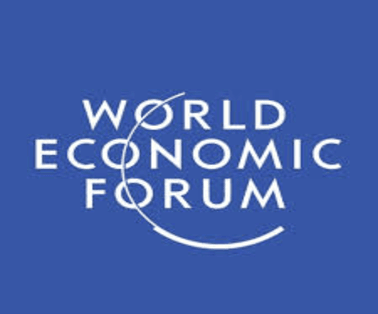According to a new report from the Organisation for Economic Cooperation and Development (OECD), developed countries provided and mobilised more than $100 billion in climate finance to developing countries in 2022
Key Points
- Climate finance contributions from developed to developing countries reached $115.9 billion in 2022, surpassing the long-standing $100 billion target.
- The target, originally set for 2020 under the UNFCCC and Paris Agreement, was met two years late but one year earlier than projected by the OECD.
- This finance supports developing countries in climate change mitigation and adaptation efforts.
What Is Climate Finance?
Climate finance refers to local, national, or transnational funding sourced from public, private, and alternative sectors to combat climate change. It is used to support:
- Mitigation efforts to reduce greenhouse gas emissions
- Adaptation measures to adjust to climate-related impacts
According to the UNFCCC, Kyoto Protocol, and Paris Agreement, developed countries must provide financial support to vulnerable nations based on the principle of “common but differentiated responsibilities and respective capabilities.”
OECD Report on Climate Finance (2022)
Overview
- Public climate finance formed nearly 80% of the total, rising from $38 billion in 2013 to $91.6 billion in 2022.
- Private climate finance mobilized through public funds saw a 52% jump from $14.4 billion in 2021 to $21.9 billion in 2022.
- Mitigation-focused projects received the majority of funds, while adaptation finance stood at $32.4 billion, up from $10.1 billion in 2016.
Sector-Wise Impact
- The energy sector attracted the most private climate finance.
- Middle-income countries were the primary recipients of climate finance flows.
- Adaptation funding grew steadily, but still lags behind mitigation.
Climate Finance Concerns
- Loans dominate climate finance, leading to debt burdens in developing nations.
- 70% of public finance was in the form of loans, only 28% as grants.
- Lower-income countries received most grant-based finance, while lower-middle-income nations relied heavily on loans.
- Multilateral Development Banks (MDBs) and bilateral providers mainly offered loans rather than grants.
- Multilateral climate funds showed a more balanced approach: 54% grants, 39% loans.
- Experts argue the $100 billion target falls short—developing countries (excluding China) need $1 trillion annually by 2030.
Organisation for Economic Co-operation and Development (OECD)
- The OECD is a global organization of 38 democratic, market-based economies.
- Founded in 1960, it helps shape economic policies that promote prosperity, equality, and environmental sustainability.
- Headquarters: Paris, France.
- India is not a member but maintains a strong working relationship with the OECD.
OECD Membership Criteria:
- Democratic governance with a commitment to human rights.
- Transparent, open, and free-market economies.
Conclusion
While reaching the $100 billion climate finance milestone in 2022 marks progress, experts agree it’s still insufficient to meet the rising demands of climate-vulnerable nations. Greater emphasis on grant-based financing and higher annual targets are essential for building climate-resilient economies in the Global South.
To Download Monthly Current Affairs PDF Click here
Click here to get a free demo
Discover all about CLAT Exam



